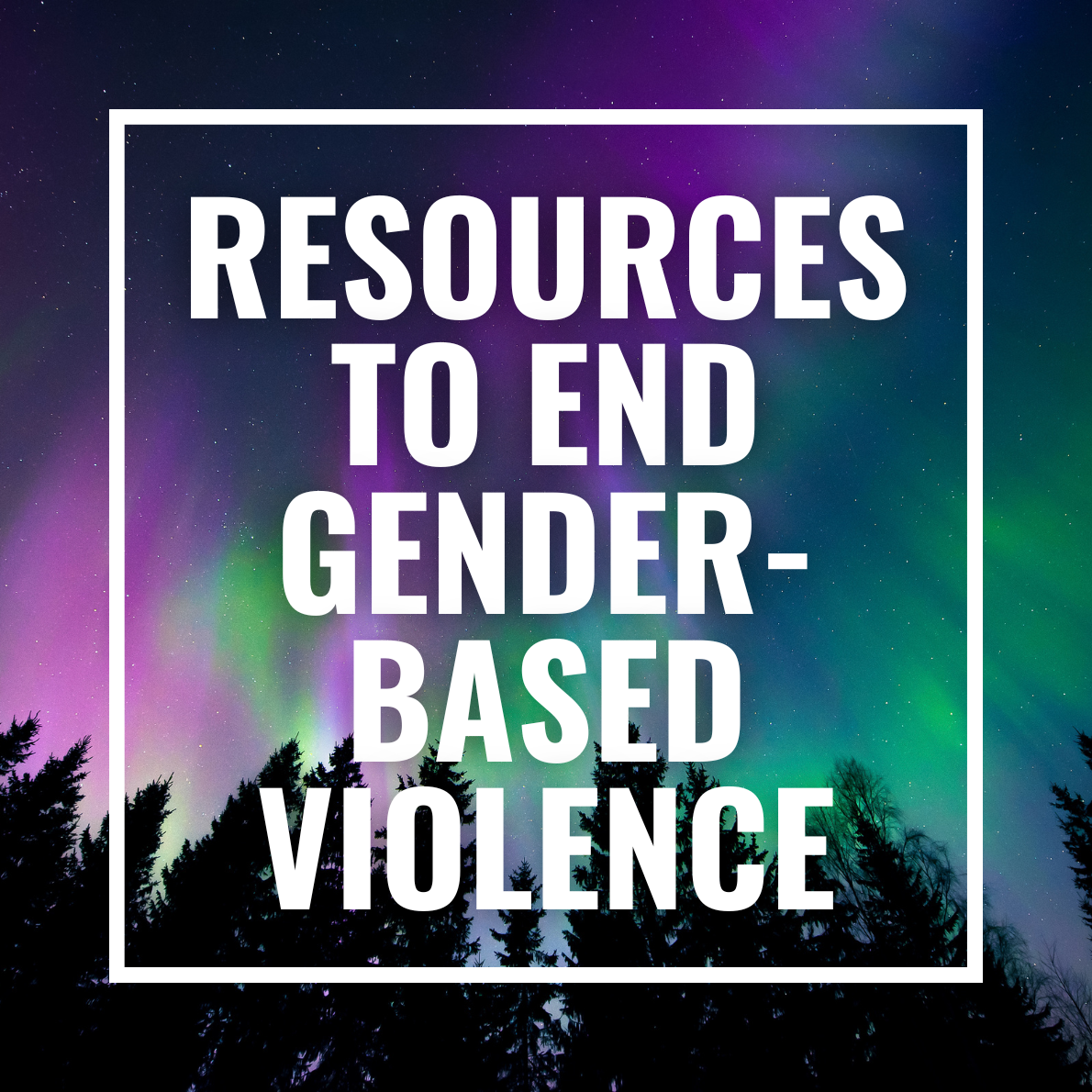Let's Talk About Gender... And Unicorns...
For the first ever meeting of Alphabet Soup - a drop-in group about queer and trans topics at the Tr'ondëk Hwëch'in Youth Centre - we chatted about all the different letters in the alphabet soup (LGBQT2SAI+) and about the differences between gender identity, gender expression, sex assigned at birth, physical attraction, and emotional attraction.
Trans Student Educational Resources has a FAB-U-LOUS website - www.transstudent.org - with lots of helpful resources.
Definitions:
Directly from TSER’s website here are some definitions. Let’s start with the initialism:
LGBTQQIAPP+: A collection of identities short for lesbian, gay, bisexual, trans, queer, questioning, intersex, asexual, aromantic, pansexual, polysexual (sometimes abbreviated to LGBT or LGBTQ+). Sometimes this acronym is replaced with “queer.” Note that “ally” is not included in this acronym.
Note: There’s not one correct or wrong acronym. We’re trying our best to include as many oppressed gender and sexual identities as possible. Crickett at DWS uses LGBQT2SAI+ most often because it includes Two Spirit folks, but reading TSERs initialism reminded her that it leaves out pansexual and polysexual folks.
L - Lesbian
A woman whose enduring physical, romantic, and/or emotional attraction is to other women. Some lesbians may prefer to identify as gay (adj.) or as gay women.
G - Gay
The adjective used to describe people whose enduring physical, romantic, and/ or emotional attractions are to people of the same sex (e.g., gay man, gay people). Sometimes lesbian (n. or adj.) is the preferred term for women. Avoid identifying gay people as "homosexuals" an outdated term considered derogatory and offensive to many lesbian and gay people.
B - Bisexual
A person who has the capacity to form enduring physical, romantic, and/ or emotional attractions to those of the same gender or to those of another gender. People may experience this attraction in differing ways and degrees over their lifetime. Bisexual people need not have had specific sexual experiences to be bisexual; in fact, they need not have had any sexual experience at all to identify as bisexual. Do not use a hyphen in the word "bisexual," and only capitalize bisexual when used at the beginning of a sentence.
Q - Queer
A term for people of marginalized gender identities and sexual orientations who are not cisgender and/or heterosexual. This term has a complicated history as a reclaimed slur.
T - Transgender/Trans
An umbrella term for people whose gender identity differs from the sex they were assigned at birth. The term transgender is not indicative of gender expression, sexual orientation, hormonal makeup, physical anatomy, or how one is perceived in daily life. Note that transgender does not have an “ed” at the end.
Trans: Prefix or adjective used as an abbreviation of transgender, derived from the Latin word meaning “across from” or “on the other side of.”
Trans*: An outdated term popularized in the early 2010’s that was used to signify an array of identities under the trans umbrella. However, it became problematized online due to improper usage. See our page on the asterisk.
Transmisogyny: Originally coined by the author Julia Serano, this term designates the intersectionality of transphobia and misogyny and how they are often experienced as a form of oppression by trans women.
2S - Two Spirit
Two Spirit is meant to be an umbrella term that points to the important roles that Two Spirit people held prior to colonization; however, as an umbrella term, specific teachings, roles, meanings, and language must come from the community. For example a Cree ‘Two Spirit’ person from the plains area could go by aayahkwew (roughly translates to “neither man nor woman”) while a Mohawk ‘Two Spirit’ person could go by Onón:wat (I have the pattern of two spirits inside my body). Furthermore, the teachings, roles, and responsibilities for a Two Spirit person differs from community to community.
A - Asexual
The lack of a sexual attraction, and one identifying with this orientation. This may be used as an umbrella term for other emotional attractions such as demisexual.
A - Aromantic
The lack of romantic attraction, and one identifying with this orientation. This may be used as an umbrella term for other emotional attractions such as demiromantic.
Unicorns
Lots of folks confused or mush gender identity, gender expression, sex assigned at birth, physical attraction, and emotional attraction together when they are separate.
That’s why Trans Student Educational Resources created the Gender Unicon!
Definitions:
Gender Identity: Gender Identity: One’s internal sense of being male, female, neither of these, both, or another gender(s). Everyone has a gender identity, including you. For transgender people, their sex assigned at birth and their own internal sense of gender identity are not the same. Female, woman, and girl and male, man, and boy are also NOT necessarily linked to each other but are just six common gender identities.
Gender Expression/Presentation: The physical manifestation of one’s gender identity through clothing, hairstyle, voice, body shape, etc. Most transgender people seek to make their gender expression (how they look) match their gender identity (who they are), rather than their sex assigned at birth.
Sex Assigned at Birth: The assignment and classification of people as male, female, intersex, or another sex based on a combination of anatomy, hormones, chromosomes. It is important we don’t simply use “sex” because of the vagueness of the definition of sex and its place in transphobia. Chromosomes are frequently used to determine sex from prenatal karyotyping (although not as often as genitalia). Chromosomes do not determine genitalia.
Sexually Attracted To: Sexual Orientation. It is important to note that sexual and romantic/emotional attraction can be from a variety of factors including but not limited to gender identity, gender expression/presentation, and sex assigned at birth.
Romantically/Emotionally Attracted To: Romantic/emotional orientation. It is important to note that sexual and romantic/emotional attraction can be from a variety of factors including but not limited to gender identity, gender expression/presentation, and sex assigned at birth.































